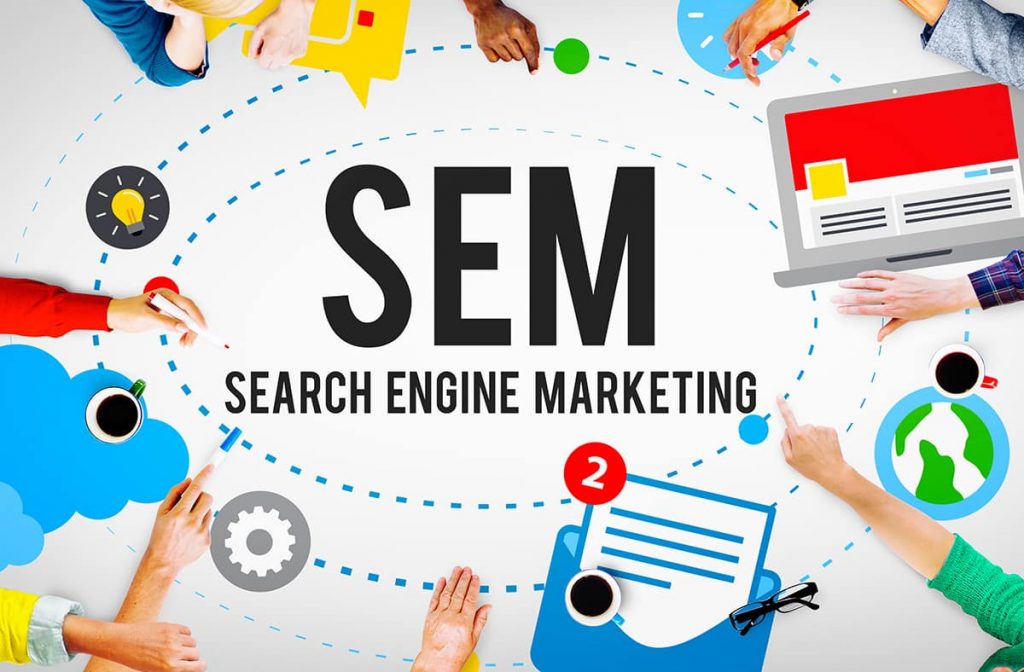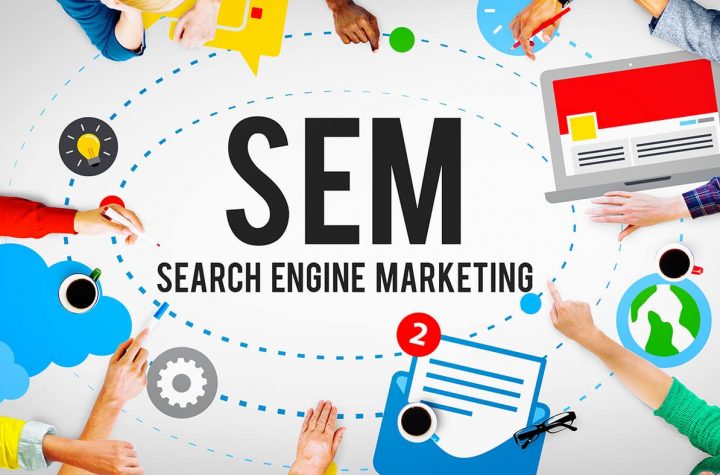
In 2025, the global market for search-based advertising is soaring. Spending across industries reached billions. With over 90% of global search queries handled by one major engine, businesses have a huge chance.
This article explains what search engine marketing (SEM) is. It also shows why it matters and how it works in simple terms.
What is SEM?
Search engine marketing is paying for adverts that are displayed during online searches. When an individual inputs a query such as “best local bakery near me,” an advertisement may appear as the primary result. That is SEM.
It is a method to engage prospective clients precisely at the moment they seek a product or service you provide.
Why is SEM Important?
● Reach the right people at the right time:
With SEM, you focus on users actively conducting searches. You do not interrupt them arbitrarily. This implies that the traffic you receive is often of superior quality.
● Speed up visibility:
It may take months for organic SEO to take effect. Your advertising can appear practically instantly with SEM. Websites or campaigns can get off the ground more quickly in this way.
● Get measurable results:
Your ad’s click-through rate, conversion rate, and cost may all be monitored. By gaining this insight, you can hone your marketing.
● Compete effectively:
Paid search placement provides even a tiny brand a shot at competing with bigger names. You can beat larger competitors in certain niches if you utilize strategic keyword usage and stick to your budget.
How SEM Works: The Basic Steps
1. Keyword research:
First you identify the words or phrases users are entering into search engines. These might be “buy running shoes online” or “Dubai web design service.” You aim for terms relevant to your business.
2. Create ad copy and landing pages:
You then write short ad text that reflects the keyword. You also link that ad to a specific landing page that matches the user’s intent. A clear landing page improves conversions.
3. Bidding and ad auction:
Search engines hold auctions every time someone searches. Advertisers bid on keywords. The highest and most relevant ad wins a good spot. The advertisement wins not just on bid but also on quality score and relevance.
4. Targeting settings:
You can determine who sees your ad depending on several criteria, such as location, device, and time of day, in the targeting options. Focusing on neighboring users is helpful for local businesses.
5. Ad formats and extensions:
Search results may have advertisements at the top, or they may take various forms such as shopping ads, call-only ads, or display ads. Extending a URL or phone number with an extension makes it more complete.
6. Tracking and optimization:
Clicks, CPC, conversion rate, and return on ad spend (ROAS) are some of the metrics you track for optimization and tracking purposes. You may increase performance by using this data to change bids, keywords, and ad copy.
Key Components of a Strong SEM Campaign:
● Keyword selection:
Any trusted provider of Search Engine Marketing services in the UAE will be picky regarding the keywords chosen, as they need to match what your target user wants to get the desired results. Balance search volume with cost and relevance. Long-tail keywords often give better value.
● Ad relevance and quality score:
Search engines favour ads that match the user’s needs and deliver a good experience. A more relevant ad often costs less per click and performs better.
● Landing page experience:
The page users arrive on must fulfil the promise of the ad. Clear heading, relevant content, fast load, mobile friendly. If the page frustrates the user, your campaign suffers.
● Budget and bidding strategy:
Set a realistic budget. Decide how much each click or conversion is worth. Use smart bidding methods when you have enough data.
● Monitoring and refining:
Look at performance often. Pause low performing keywords. Test new ad text. Expand what works. SEM is ongoing, not one-time.
How SEM and SEO Differ Yet Still Work Together?
SEM involves paid search traffic; SEO involves organic search traffic. But both aim to drive users from search engines to your website. SEO takes longer to build but can bring sustainable traffic.
SEM gives faster visibility but requires budget and continuous spend. Combining both brings the best outcome. You might use SEM to capture early traffic while your SEO grows in the background.
Common Mistakes to Avoid:
- Targeting too broad keywords: You pay many clicks from users who don’t convert.
- Ignoring mobile users: If the landing page is poor on mobile, conversions drop.
- Weak tracking: If you don’t track conversions, you don’t know what works.
- Stale ad copy: Users and search engines favour fresh content.
- Poor landing page alignment: If the ad promises one thing but the page shows something else, users leave.
Future Trends in SEM:
AI and automation are making SEM smarter. Systems now adjust bids based on many signals. Voice and mobile searches keep growing. Ads that ignore voice and mobile risk being left behind. Also, the data shows that search advertising demand keeps growing. Businesses that adopt early will likely gain an edge.
Final Thoughts:
The marketing of your business through search engines is one of the most direct ways to communicate with people who are actively looking for what you have to offer. The procedures are straightforward: select the appropriate keywords, develop powerful advertisements, construct pages that convert, monitor performance, and make adjustments. Search engine marketing is a great technique because of its quickness and its emphasis on purpose.
Look for a partner who is knowledgeable in search engine optimization (SEO) as well as search engine marketing (SEM) if you are looking for a reliable provider of SEO services in the United Arab Emirates. That’s where partnering with a team like C2C Media benefits you, combining paid and organic strategies to drive meaningful results.




More Stories
Why Search trend Visual and Voice Search are the dominating styles today?
Evergreen Content vs Trending Content: Which Works Better? | A Complete Guide for Modern Marketers
How Digital Marketing Can Help to Kickstart Your Expat Business